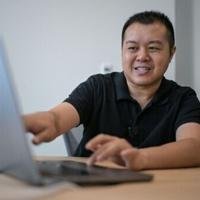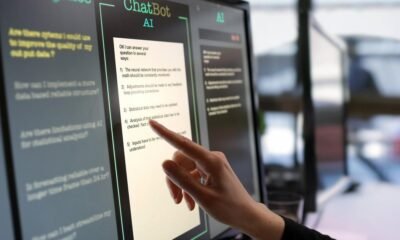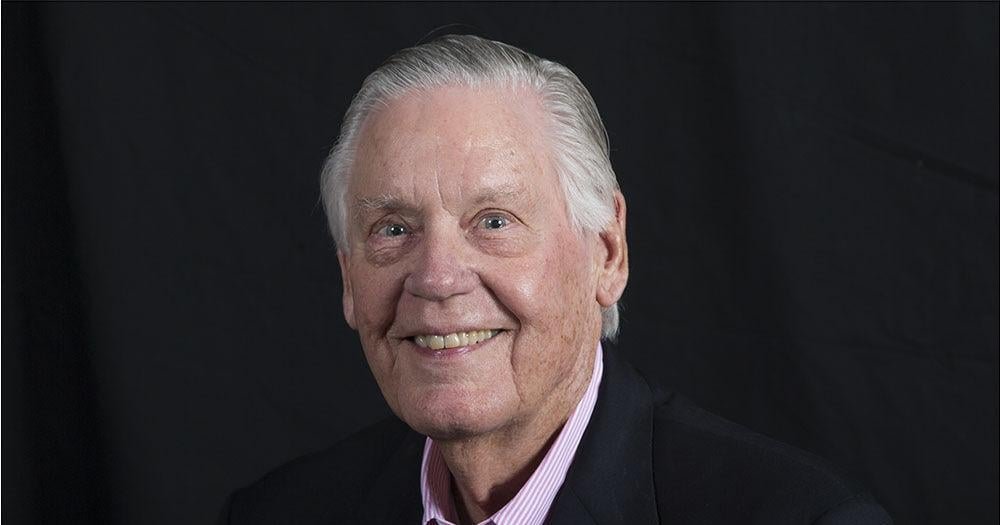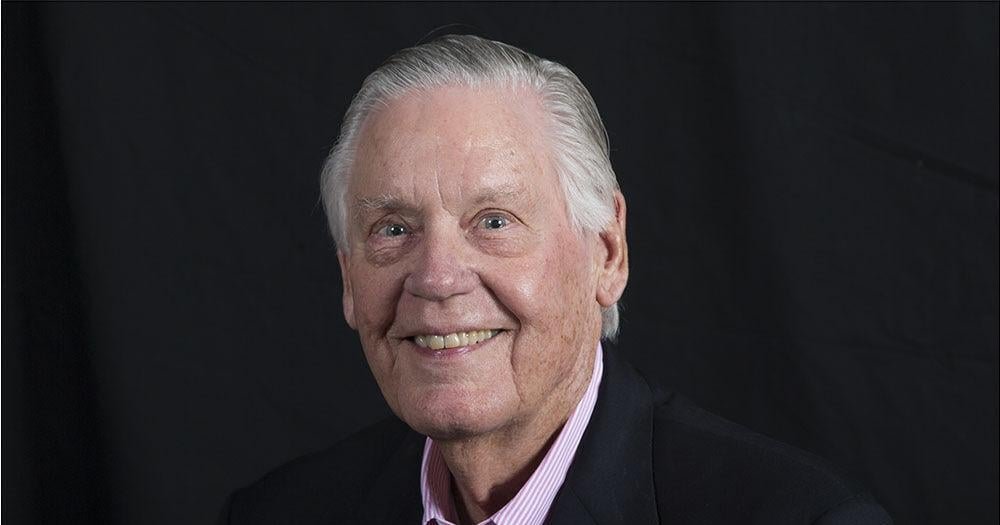AI Research
AI co-pilot boosts noninvasive brain-computer interface by interpreting user intent, UCLA study finds

Key takeaways:
- A wearable, noninvasive brain-computer interface system that utilizes artificial intelligence as a co-pilot to help infer user intent and complete tasks has been developed by UCLA engineers.
- The team developed custom algorithms to decode electroencephalography, or EEG — a method of recording the brain’s electrical activity — and extract signals that reflect movement intentions.
- All participants completed both tasks significantly faster with AI assistance.
UCLA engineers have developed a wearable, noninvasive brain-computer interface system that utilizes artificial intelligence as a co-pilot to help infer user intent and complete tasks by moving a robotic arm or a computer cursor.
The study, published in Nature Machine Intelligence, shows that the interface demonstrates a new level of performance in noninvasive brain-computer interface, or BCI, systems. This could lead to a range of technologies to help people with limited physical capabilities, such as those with paralysis or neurological conditions, handle and move objects more easily and precisely.
The team developed custom algorithms to decode electroencephalography, or EEG — a method of recording the brain’s electrical activity — and extract signals that reflect movement intentions. They paired the decoded signals with a camera-based artificial intelligence platform that interprets user direction and intent in real time. The system allows individuals to complete tasks significantly faster than without AI assistance.
“By using artificial intelligence to complement brain-computer interface systems, we’re aiming for much less risky and invasive avenues,” said study leader Jonathan Kao, an associate professor of electrical and computer engineering at the UCLA Samueli School of Engineering. “Ultimately, we want to develop AI-BCI systems that offer shared autonomy, allowing people with movement disorders, such as paralysis or ALS, to regain some independence for everyday tasks.”
State-of-the-art, surgically implanted BCI devices can translate brain signals into commands, but the benefits they currently offer are outweighed by the risks and costs associated with neurosurgery to implant them. More than two decades after they were first demonstrated, such devices are still limited to small pilot clinical trials. Meanwhile, wearable and other external BCIs have demonstrated a lower level of performance in detecting brain signals reliably.
To address these limitations, the researchers tested their new noninvasive AI-assisted BCI with four participants — three without motor impairments and a fourth who was paralyzed from the waist down. Participants wore a head cap to record EEG, and the researchers used custom decoder algorithms to translate these brain signals into movements of a computer cursor and robotic arm. Simultaneously, an AI system with a built-in camera observed the decoded movements and helped participants complete two tasks.
In the first task, they were instructed to move a cursor on a computer screen to hit eight targets, holding the cursor in place at each for at least half a second. In the second challenge, participants were asked to activate a robotic arm to move four blocks on a table from their original spots to designated positions.
All participants completed both tasks significantly faster with AI assistance. Notably, the paralyzed participant completed the robotic arm task in approximately six and a half minutes with AI assistance, whereas without it, he was unable to complete the task.
The BCI deciphered electrical brain signals that encoded the participants’ intended actions. Using a computer vision system, the custom-built AI inferred the users’ intent — not their eye movements — to guide the cursor and position the blocks.
“Next steps for AI-BCI systems could include the development of more advanced co-pilots that move robotic arms with more speed and precision, and offer a deft touch that adapts to the object the user wants to grasp,” said co-lead author Johannes Lee, a UCLA electrical and computer engineering doctoral candidate advised by Kao. “And adding in larger-scale training data could also help the AI collaborate on more complex tasks, as well as improve EEG decoding itself.”
The paper’s authors are all members of Kao’s Neural Engineering and Computation Lab, including Sangjoon Lee, Abhishek Mishra, Xu Yan, Brandon McMahan, Brent Gaisford, Charles Kobashigawa, Mike Qu and Chang Xie. A member of the UCLA Brain Research Institute, Kao also holds faculty appointments in the computer science department and the Interdepartmental Ph.D. program in neuroscience.
The research was funded by the National Institutes of Health and the Science Hub for Humanity and artificial intelligence, which is a collaboration between UCLA and Amazon. The UCLA Technology Development Group has applied for a patent related to the AI-BCI technology.
AI Research
Spotlab.ai hiring AI research scientist for multimodal diagnostics and global health
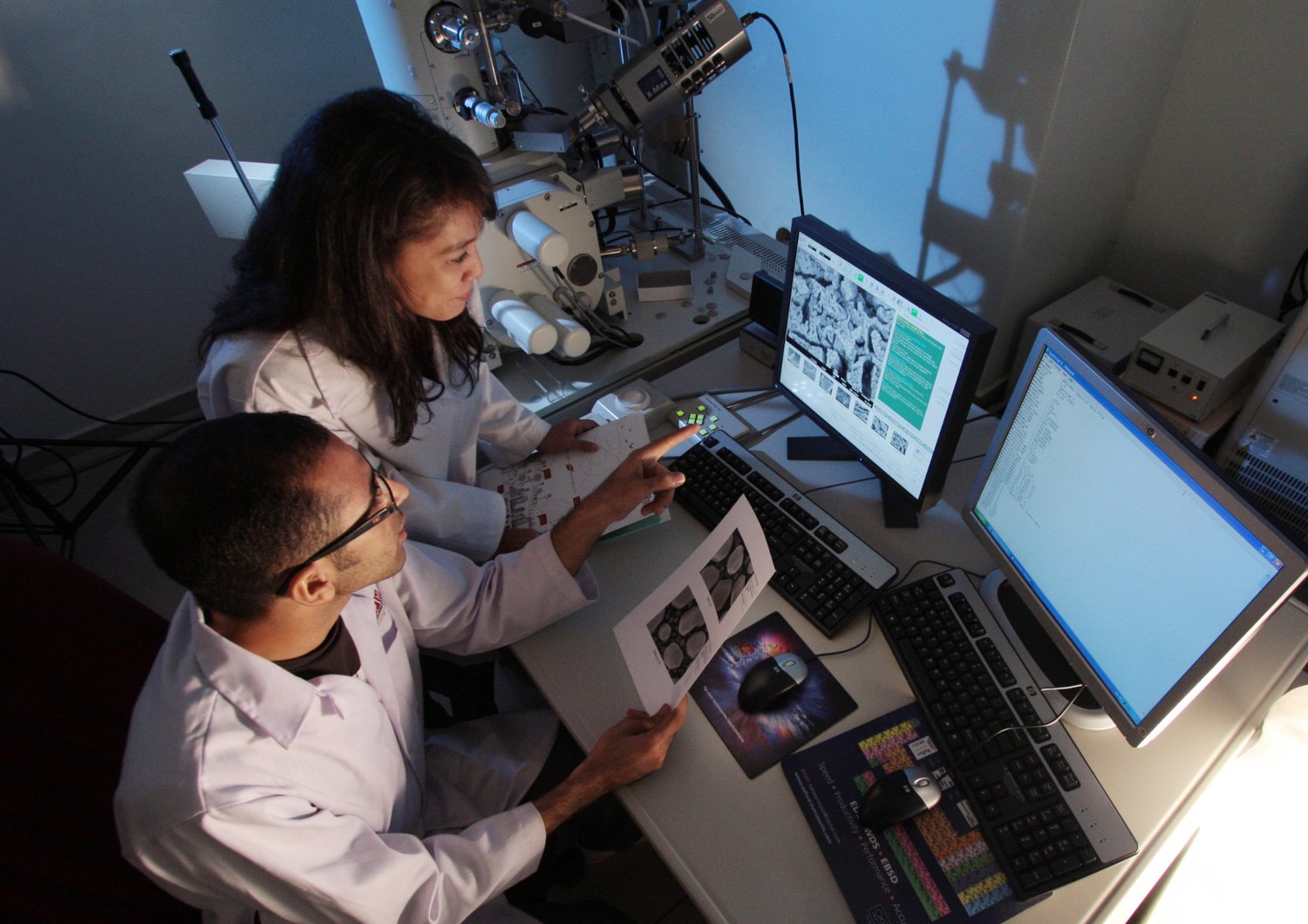
In a LinkedIn post, Miguel Luengo-Oroz, co-founder and CEO of Spotlab.ai, confirmed the company is hiring an Artificial Intelligence Research Scientist. The role is aimed at early career researchers, postdoctoral candidates, and recent PhD graduates in AI.
Luengo-Oroz writes: “Are you a young independent researcher, postdoc, just finished your PhD (or on the way there) in AI and wondering what’s next? If you’re curious, ready to tackle tough scientific and technical challenges, and want to build AI for something that matters, this might be for you.”
Spotlab.ai targets diagnostics role with new hire
The position will focus on building and deploying multimodal AI solutions for diagnostics and biopharma research. Applications include blood cancers and neglected tropical diseases.
The scientist will be expected to organize and prepare biomedical datasets, train and test AI models, and deploy algorithms in real-world conditions. The job description highlights interaction with medical specialists and product managers, as well as drafting technical documentation. Scientific publications are a priority, with the candidate expected to contribute across the research cycle from experiment planning to peer review.
Spotlab.ai is looking for candidates with experience in areas such as biomedical image processing, computer vision, NLP, video processing, and large language models. Proficiency in Python and deep learning frameworks including TensorFlow, Keras, and PyTorch is required, with GPU programming experience considered an advantage.
Company positions itself in global health AI
Spotlab.ai develops multimodal AI for diagnostics and biopharma research, with projects addressing gaps in hematology, infectious diseases, and neglected tropical diseases. The Madrid-based startup team combines developers, engineers, doctors, and business managers, with an emphasis on gender parity and collaboration across disciplines.
CEO highlights global mission
Alongside the job listing, Luengo-Oroz underscored the company’s broader mission. A former Chief Data Scientist at the United Nations, he has worked on technology strategies in areas ranging from food security to epidemics and conflict prevention. He is also the inventor of MalariaSpot.org, a collective intelligence videogame for malaria diagnosis.
Luengo-Oroz writes: “Take the driver’s seat of our train (not just a minion) at key stages of the journey, designing AI systems and doing science at Champions League level from Madrid.”
AI Research
YARBROUGH: A semi-intelligent look at artificial intelligence – Rockdale Citizen
AI Research
YARBROUGH: A semi-intelligent look at artificial intelligence – Henry Herald
-

 Business2 weeks ago
Business2 weeks agoThe Guardian view on Trump and the Fed: independence is no substitute for accountability | Editorial
-
Tools & Platforms4 weeks ago
Building Trust in Military AI Starts with Opening the Black Box – War on the Rocks
-

 Ethics & Policy1 month ago
Ethics & Policy1 month agoSDAIA Supports Saudi Arabia’s Leadership in Shaping Global AI Ethics, Policy, and Research – وكالة الأنباء السعودية
-

 Events & Conferences4 months ago
Events & Conferences4 months agoJourney to 1000 models: Scaling Instagram’s recommendation system
-

 Jobs & Careers2 months ago
Jobs & Careers2 months agoMumbai-based Perplexity Alternative Has 60k+ Users Without Funding
-

 Podcasts & Talks2 months ago
Podcasts & Talks2 months agoHappy 4th of July! 🎆 Made with Veo 3 in Gemini
-

 Education2 months ago
Education2 months agoMacron says UK and France have duty to tackle illegal migration ‘with humanity, solidarity and firmness’ – UK politics live | Politics
-

 Education2 months ago
Education2 months agoVEX Robotics launches AI-powered classroom robotics system
-

 Funding & Business2 months ago
Funding & Business2 months agoKayak and Expedia race to build AI travel agents that turn social posts into itineraries
-

 Podcasts & Talks2 months ago
Podcasts & Talks2 months agoOpenAI 🤝 @teamganassi


